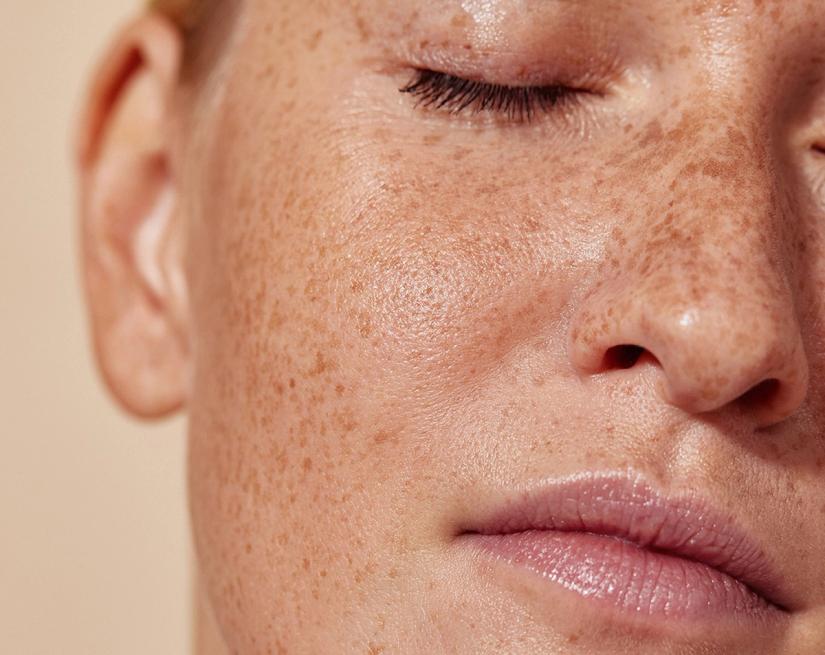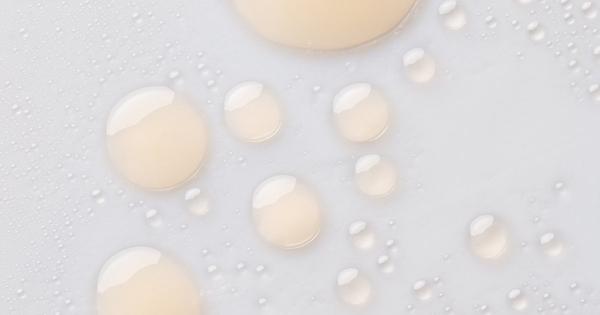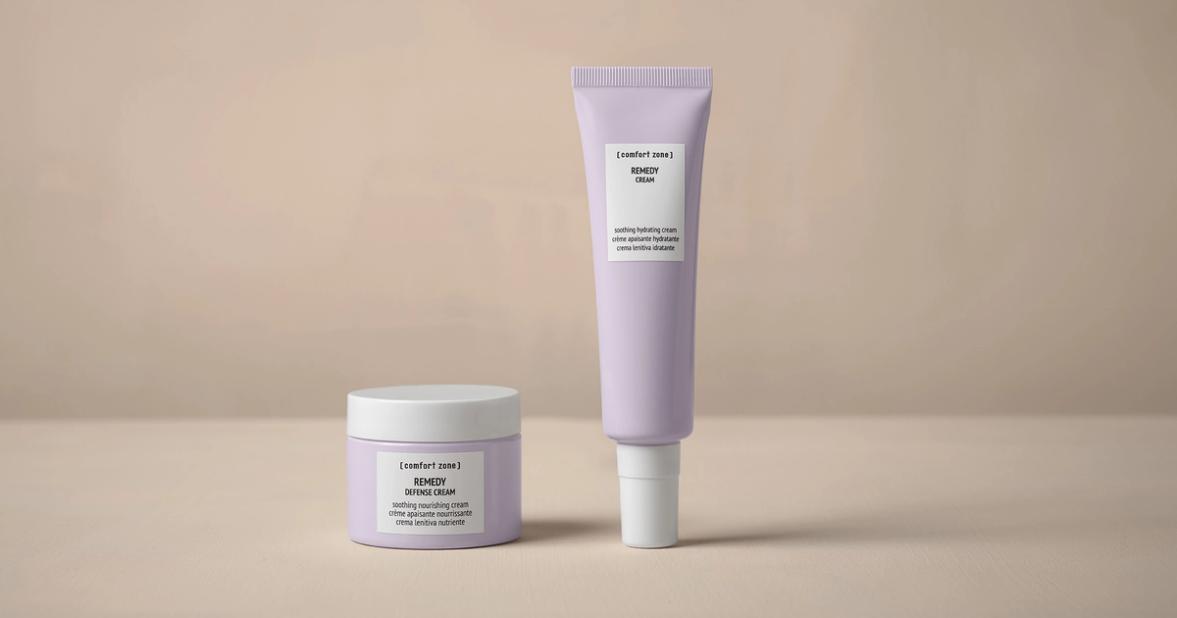Renight Cream
Nourishing vitamin cream
skin care
Eve Mérinville | Corporate RD Excellence & SC RD and Innovation Director
8 min read

As the largest organ of your body, your skinis extremely important to your overall health and vitality. It needs to be cared for and protected but sometimes finding the right products that work with your skin’s specific needs can be a part-time job in and of itself. By slathering the wrong product all over your skin you could wind up with an overworked, irritated epidermis, hindering your skin's health rather than helping it. Knowing and understanding how the skin barrier works is a crucial step in establishing and maintaining its health. Keep reading and discover everything you need to know.
The outermost layer of the epidermis is called the stratum corneum - or skin barrier. It protects the rest of the skin from external forces - including weather, pollutants, toxins, bacteria, and so much more.
The continuous cycle of shedding skin cells does much more than keeping skin looking fresh and healthy. The skin barrier performs vital functions like monitoring water loss, preventing illnesses like viral infections, and stopping bacteria from penetrating our skin - which causes dreaded breakouts and acne.
Think about the stratum corneum as a brick wall with mortar holding each square in place. When the skin barrier is damaged, it’s as if the mortar begins to crack and crumble, leaving spaces along the brick wall.
These holes in the skin barrier can let in a plethora of unwanted substances and irritants - bacteria, fungi, pollutants, and more. Once these unwanted invaders are inside, they can wreak havoc on the other epidermal layers and cause chronic irritation to temperatures, fabrics, and personal care products. It’s difficult to rebuild the skin barrier once damaged.

Unfortunately, damaging your skin barrier isn’t difficult to do. A variety of factors from nature and nurture can make us more susceptible to a sensitive, easily altered skin barrier. Discover what are the main causes of a damaged skin barrier and take action now!
As we age, our bodies become less equipped to hold on to necessary moisture. The keratin and lipids that make up the skin barrier don’t turn over as quickly. As dryness can easily crack the skin barrier, it is crucial to put in place and maintain a healthy skincare regimen focused on protecting your skin, especially if mature. In particular, clinical trials have shown that those with pale skin have naturally thinner skin and thus, are more prone to skin barrier damage.
Cold weather, wind, or cranked down air conditioners foster harsh environments for our skin and the interlocking structure that makes up our stratum corneum. Anytime you happen to spend time in an excessively cold or hot climate, protect your skin barrier's water content by apply a hydrating product to preserve you skin's hydration and prevent dryness.
Harsh, synthetic cleansers sometimes easily strip the skin of all its lubricating sebum, making it much more prone to dryness and cracking. Physical exfoliators like beads, sand, or sugar can even provoke microabrasions and tears across the skin. At the same time, excessive cleaning or toning can be just as bad, resulting in breaks in the skin’soutermost layer, allowing the penetration of more irritants and perpetuating the cycle.
Overexposure to UVA and UVB rays quickly deteriorates the skin’s external barrier and can eventually lead to more serious problems like melanoma. Additionally, too much time in the sun can cause photoaging, sun spots, and generally affect the cosmetic appearance of our outermost layer. Always wear an SPF when spending time in the sun, even during your daily commute to work.
Don’t fear - there is hope for a damaged skin barrier. Stepping away from synthetic products and saying no to fake, cheap cleansers is the first step towards repairing a damaged skin barrier. Return back to the basics and eliminate superfluous steps in your skincare routine in favor of a clean, highly-natural regimen that will restore your skin's health.
Additionally, get rid of astringents and products containing synthetic fragrances, silicones, SLS and SLES preferring natural options that will work with your skin rather than against it. Give your skin a break and pause the use of exfoliating physical items like washcloths or gloves and select a gentler exfoliating gel or cream-based cleanser.
If skin is constantly irritated, you may need to consult a dermatologist to get a professional help on how to bring your skin back to its natural, healthy state.

Once you’ve repaired your brick and mortar structure, it’s time to implement a skincare routine that works with your stratum corneum’s natural barrier. First thing first, opt for facial cleansers, toners, moisturizers, and masks that contain humectants, emollients, ceramides, hyaluronic acid, essential fatty acids, and antioxidants.
Read on and discover what lines and products best address the needs of your skin barrier, from nourishment to soothing properties.
Remedy line was designed to cater the needs of ultra-sensitive skin, prone to redness and develop solutions that will help your skin heal without exacerbating any sensitivity. The formulas, enriched with Mexican Hyssop, Marula Oil, and Marvel from Peru, work to calm and protect the skin delivering a shot of beneficial prebiotics. Within the line, you will find a wide variety of products, from cleansers to creams and oils, that will become staples in your quest for a healthy and balanced stratum corneum.
Like the rest of our physical bodies, our skin needs nutrients and antioxidants to properly function. While maintaining a healthy diet full of whole foods, vitamins, and minerals helps feed the epidermis, you will also need to protect it from the outside in. The Renight line is a great overnight antioxidant treatment that deeply nourishes the skin barrier with the help of rich textures packed with vitamins, encouraging the skin repair while you sleep. Renight Cream, Oil and Mask are great complements to any skin regime to achieve and maintain a fortified skin barrier.
As always, consult with a dermatologist before making drastic skincare changes. When it comes to the skin barrier, the closer to nature you can get with the formulations you apply, the better. Our stratum corneum is well equipped to handle some of what life throws at it but absolutely benefits from a helping hand. In this fast-paced, polluted environment, it’s well-proven that our skin is under the toughest of conditions.
Comfort Zone’s conscious skincare pairs nature with science to deliver the best of both worlds.
Nourishing vitamin cream
Nourishing vitamin mask
Nourishing vitamin oil
Soothing hydrating cream
Ultra gentle cleanser